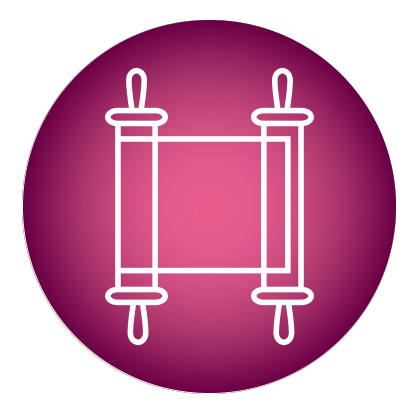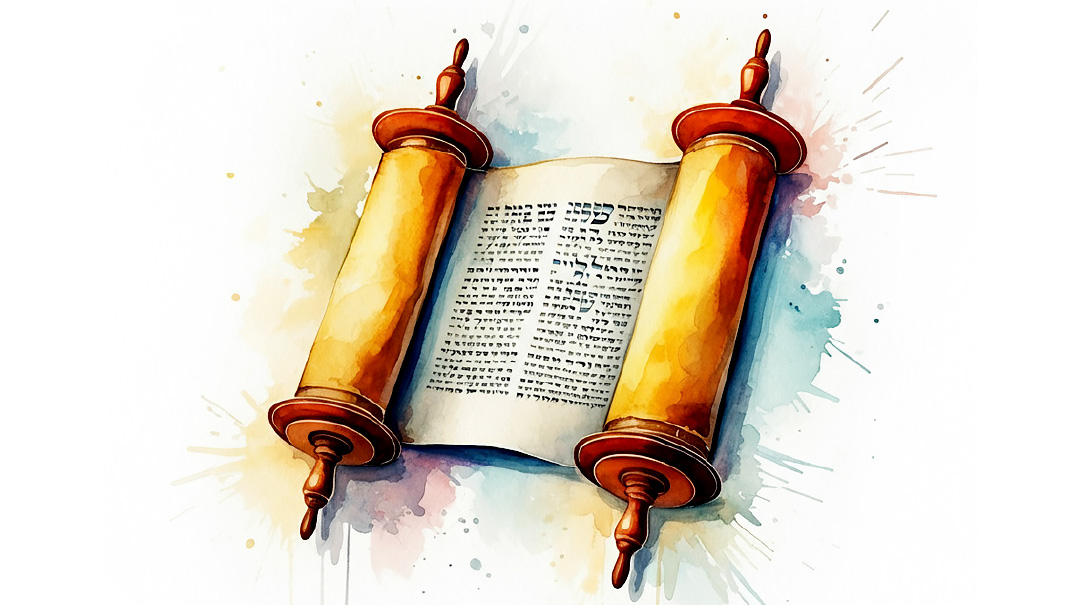Past, Present, and Future

We separate the ashes as a symbolic gesture to publicly declare the significance of yesterday’s service

“And the Kohein… should lift the ashes that the fire consumed the olah on the Mizbeiach, and put them next to the Mizbeiach.” (Vayikra 6:3)
T
here are two mitzvos related to the removal of the ashes that accumulated on the Mizbeiach. The first was terumas hadeshen, the separation of the ashes. Each day, the Kohein began the avodah by taking a shovelful of ashes and placing them on the floor near the Mizbeiach.
The second mitzvah was hotza’as hadeshen, the removal of the ashes. This was a more involved removal of the ashes that had accumulated on the Mizbeiach. (According to Rashi, this wasn’t done on a daily basis, but rather when the ashes accumulated to the point of clutter.)
Two questions come to mind: Why is the removal of the ashes given such significance that it constitutes a mitzvah, let alone two? Why was it different from any maintenance of the Mishkan? And secondly, why was the removal of the ashes divided into two distinct services, terumas hadeshen and hotza’as hadeshen? Why not take them all out at once? (Rabbi Yakov Horowitz, Torah.org)
I was in Baltimore visiting my mother, together with my youngest daughter, who was then 16 years old. We were in Seven Mile Market when a woman approached.
“Faigy Weinberg, is that you?” she asked. The woman looked familiar, but she was eyeing my daughter, not me.
I mentally searched, then placed the face and voice as a teacher who’d taught me briefly in high school, and greeted her warmly.
“You look just like your mother!” she gushed to my daughter. “I thought I was in a time warp when I saw you!”
Thankfully, my daughter replied politely, controlling her natural tendency to respond, “My mother looks like me!”
She’s been through this routine so many times. And truthfully, even I will admit she does look like me (or I look like her?).
Rabbi Samson Raphael Hirsch explains that we must begin the avodah of each day with the knowledge and understanding that we’re building upon the service of the previous day. As Chazal say, we’re compared to midgets upon the shoulders of giants. We view our mesorah for direction and guidance. We separate the ashes as a symbolic gesture to publicly declare the significance of yesterday’s service, even as we commence today’s avodah.
When my daughter’s chasunah video came in a couple months ago, I saw that her sheitel has only sharpened the similarities. Watching the scenes, I was transported from this wedding in Eretz Yisrael a few months ago, to one almost thirty years ago in Baltimore. I saw my own face, and eerily enough, my own personality, in the determined tilt of the chin, the sparkle in the eyes. We do look alike, and share many similarities in personality as well.
However, although we must respect and build on the past, we cannot spend most of our time and energy looking in the rear-view mirror. We mustn’t rely on our previous accomplishments or the deeds and yichus of our ancestors. Each day brings its new challenges, obligations and opportunities. Thus, the Kohein removed all the accumulated ashes, not as an act of housekeeping, but as a sacred and public display of this value.
Watching my daughter dance at her wedding, I remembered how I too had danced at mine with a lilt in my step and a whirling lightness in my heart, sure that I’d always have one foot out, ready to dance my way through life. I had such energy, such drive.
Seeing myself now, as the mother of the bride, my steps are more measured, my dancing heels replaced by sturdy ones. Where my daughter is spontaneous and spirited, I’ve become more thoughtful, more careful.
Once I had her determination, an eagerness to take on any project, solve any problem, and plan out my future. Now I’m more deliberate, weighing my decisions, looking before I leap.
I, too, once had those strong opinions, sure I had the answers to any difficulty. Now my life experience has taught me that the answers may not be as important as the actual question.
I was once that dervish, spinning madly with a conviction I could change the world. Now I’m more introspective, perceptive, and reflective.
But I still see myself in her. Because I know that although I may have changed, I still retain that core personality. My daughter looks like me, and I look like her. And in her I see the strengths of my past that still shape me as I walk toward my future.
(Originally featured in Family First, Issue 837)
Oops! We could not locate your form.


